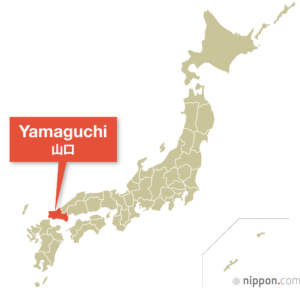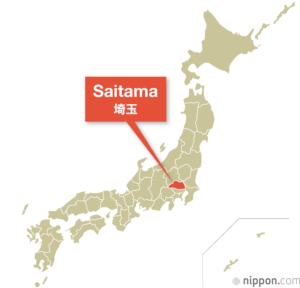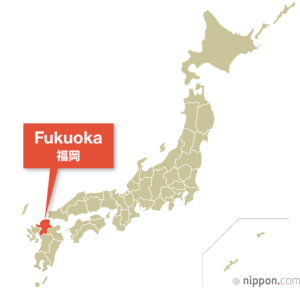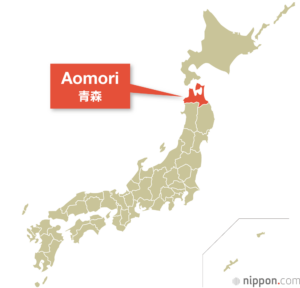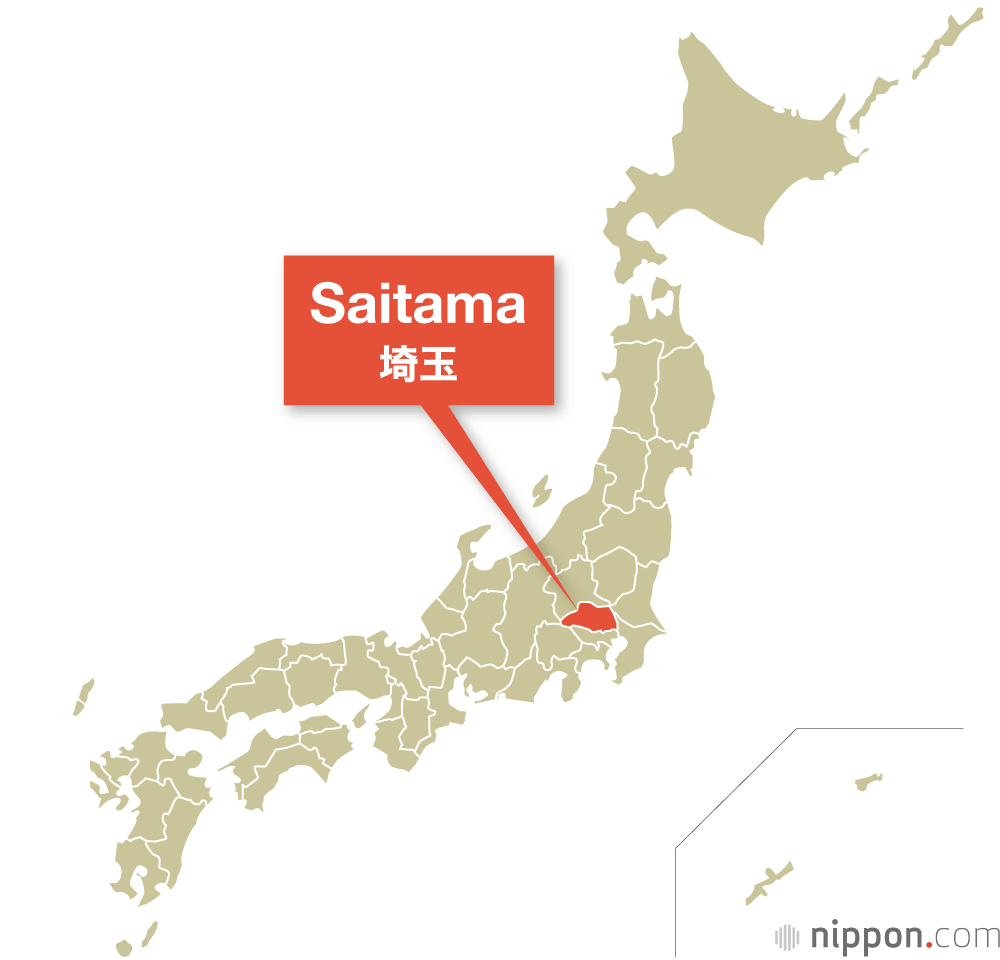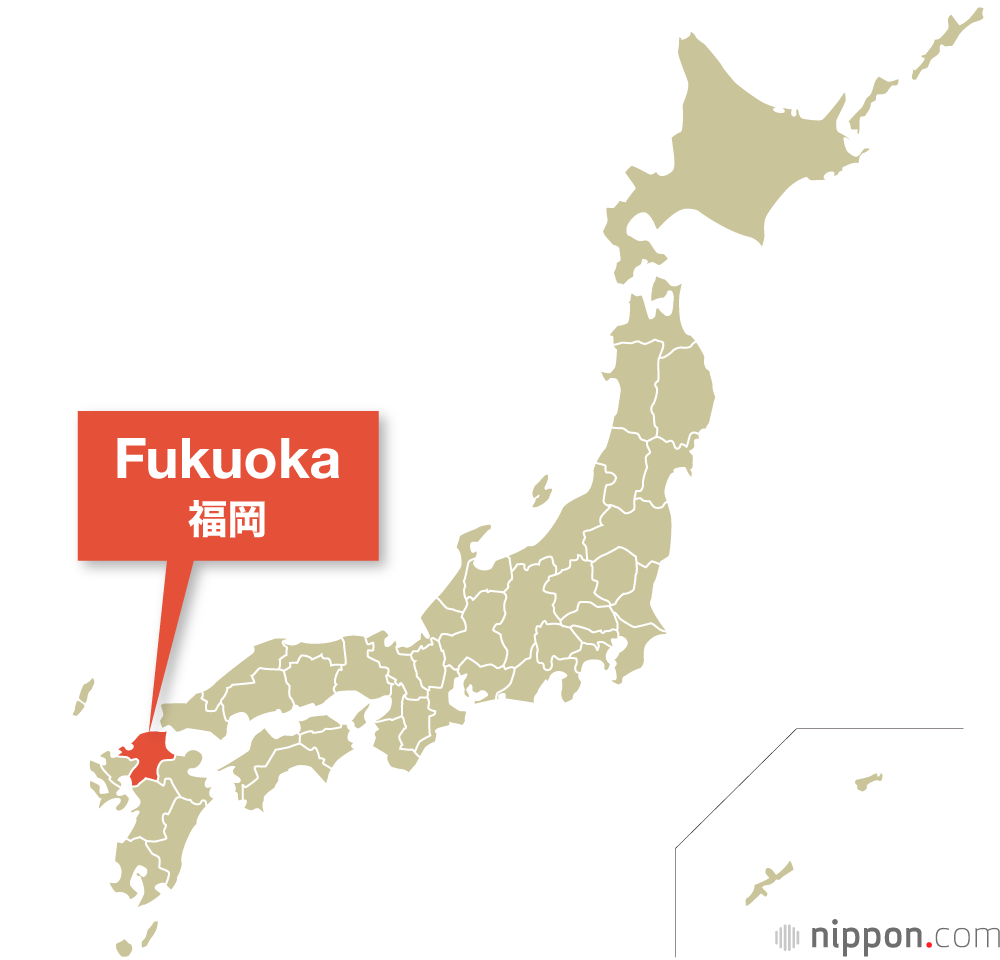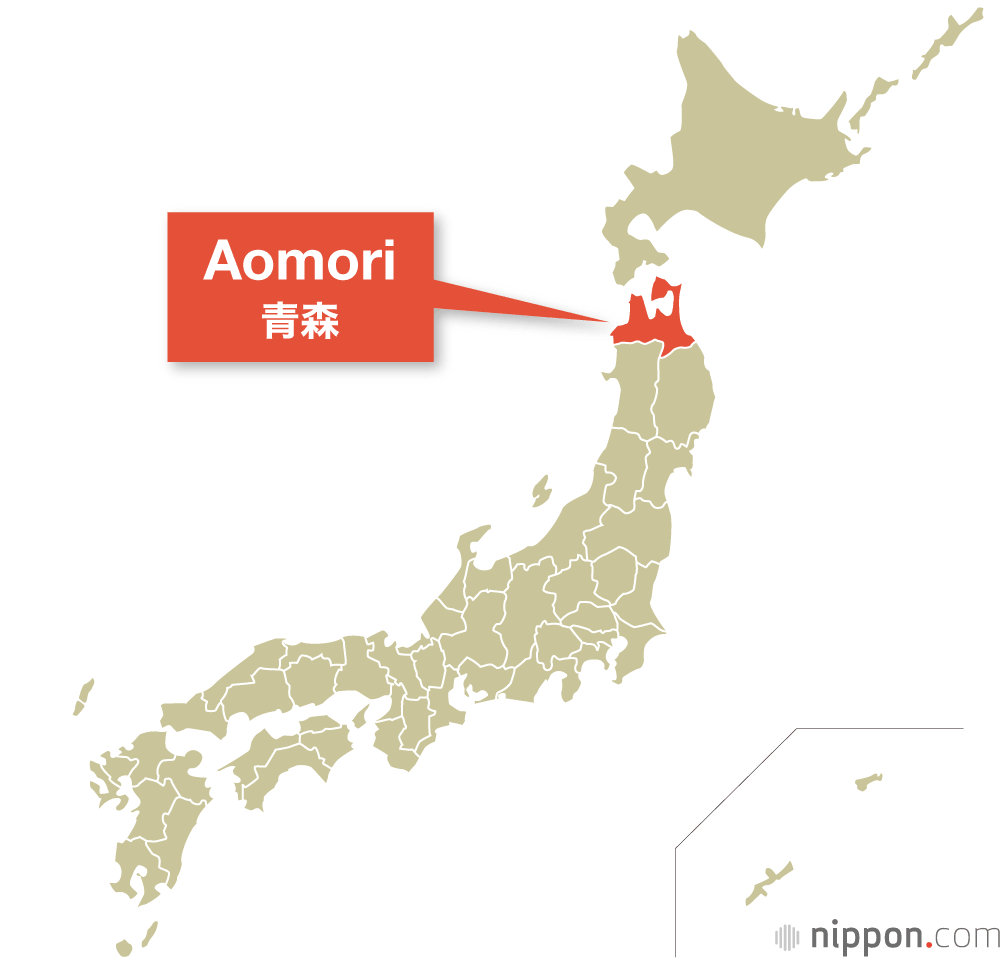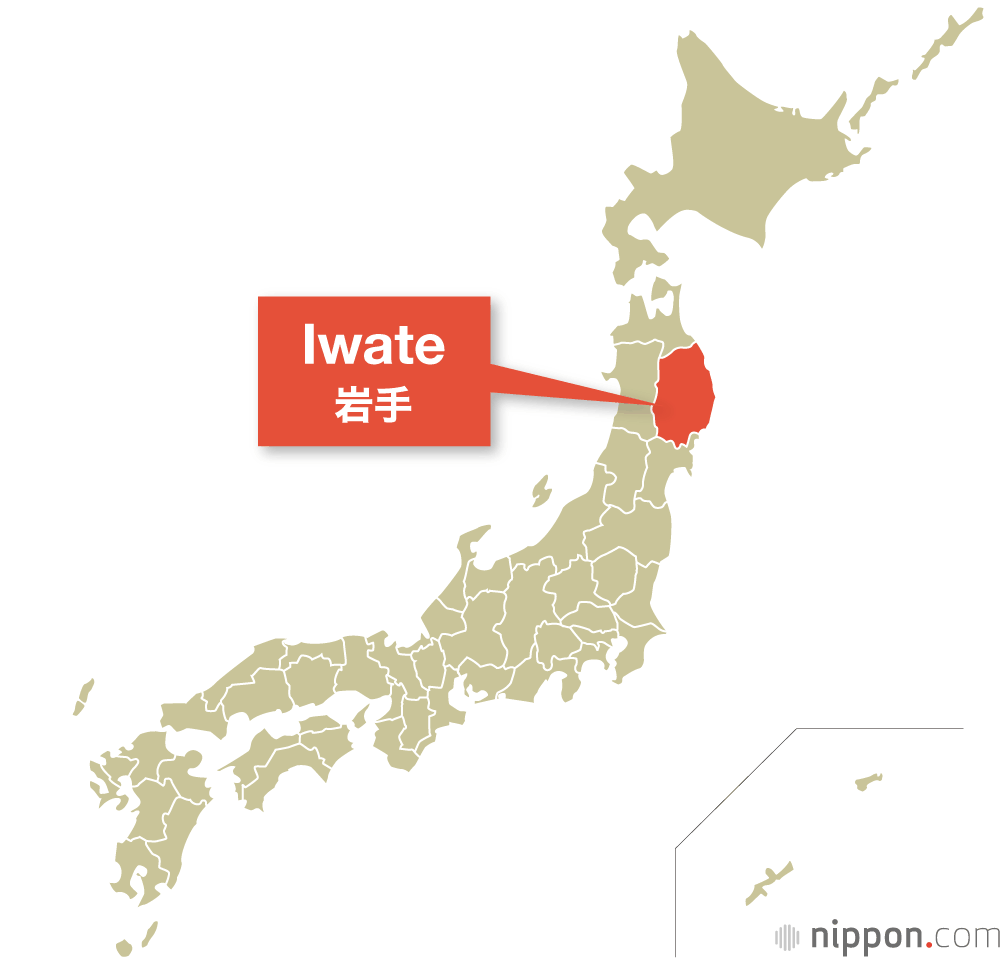Tokushima Prefecture
Banzai Japan
Idol Group
Visit there
Website
Tokushima Prefecture, on the eastern end of Shikoku, is a center of traditional indigo dying and is home to historic temples, steep gorges, and the lively Awa Odori festival.
Tokushima Prefecture is located at the eastern end of Shikoku and shares borders with the island’s three other prefectures, Kagawa, Ehime, and Kōchi.
It has an extensive coastline, extending from the Seto Inland Sea in the north and along the Kii Channel and Pacific Ocean to the east.
The mountainous inland is dominated by the low peaks of the Sanuki Mountains in the north and the taller Shikoku range in the south, which includes 1,955-meter Mount Tsurugi, Shikoku’s highest summit.
The Yoshino River, the prefecture’s main artery, passes through steeps gorges and then meanders across the flat, arable land in the central part of the prefecture while making its way to the coast.
Tokushima Prefecture at a Glance
- Established in 1871 (formerly Awa province)
- Capital: Tokushima
- Population: 720,000 (as of Oct. 2020)
- Area: 4,147 km2
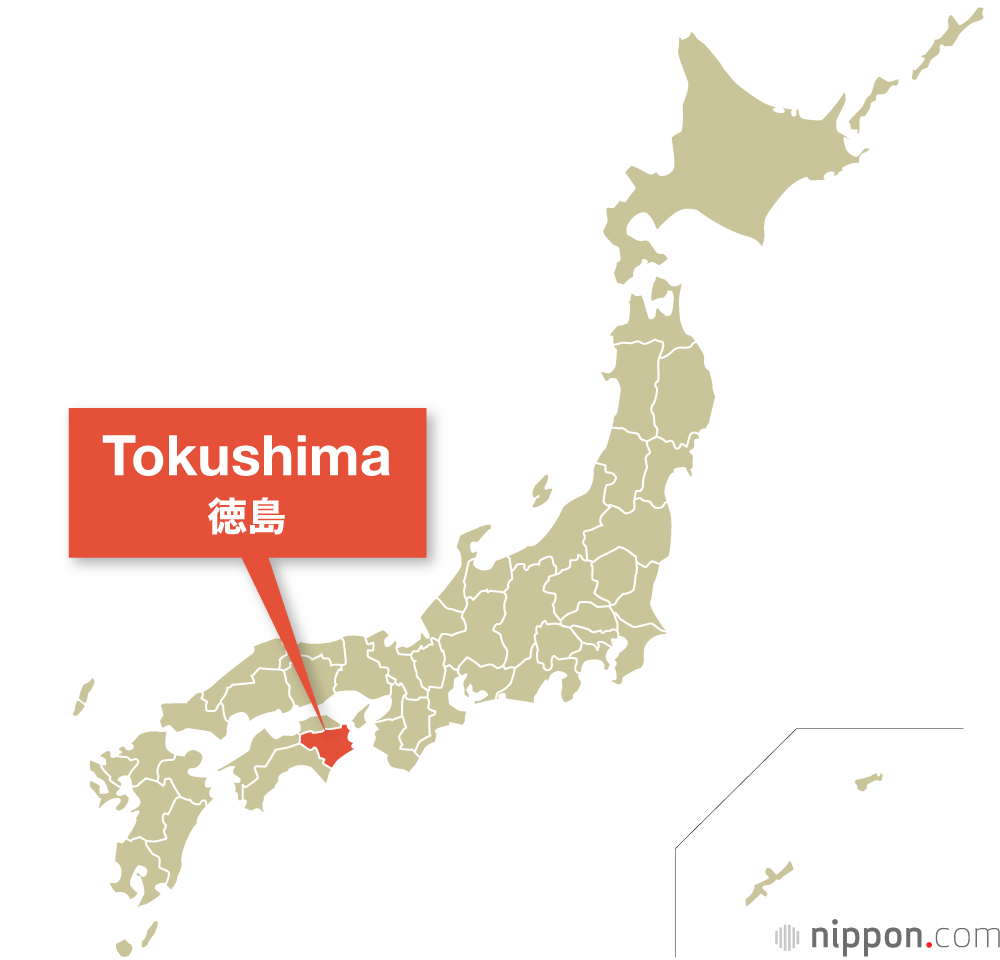
The prefecture’s long coastline, densely forested mountains, and rich culture and history make it a popular destination for travelers.
The Naruto Strait is famed for its massive whirlpools, while the Pacific coastline to the south attracts surfers and other beachgoers.
The Ōboke and Koboke gorges in the Iya valley near the headwaters of the Yoshino River offer outdoor activities like hiking and rafting.
The henro, an ancient 88-temple walking route that snakes around Shikoku, starts in Tokushima. The Awa Odori, held in mid-August, is one of Japan’s most famous festivals.
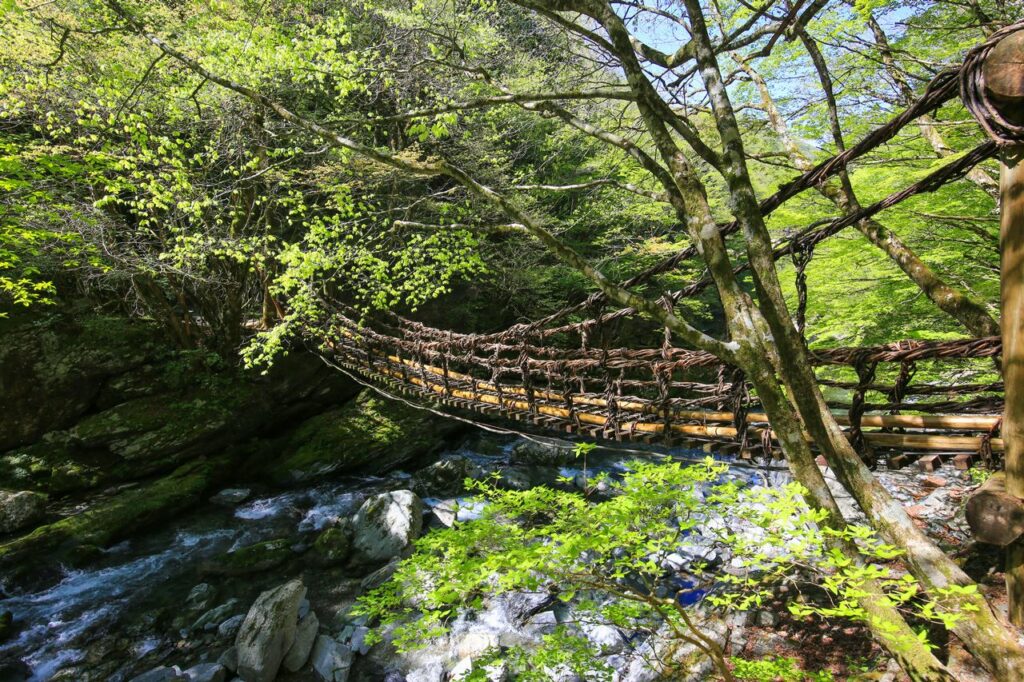
Tokushima has a robust economy supported by industries like LEDs, pharmaceuticals, and machinery manufacturing. Paper and lumber are core sectors that rely on the prefecture’s abundant forests.
Farmers produce staples like rice and vegetables along with specialties like the citrus fruit sudachi and the Naruto Kintoki variety of sweet potato.
Naruto wakame is farmed in the nutrient-rich coastal waters. Since the Edo period (1603–1868), Tokushima has been a traditional center for the production of wasanbon sugar used to make Japanese confections and indigo.
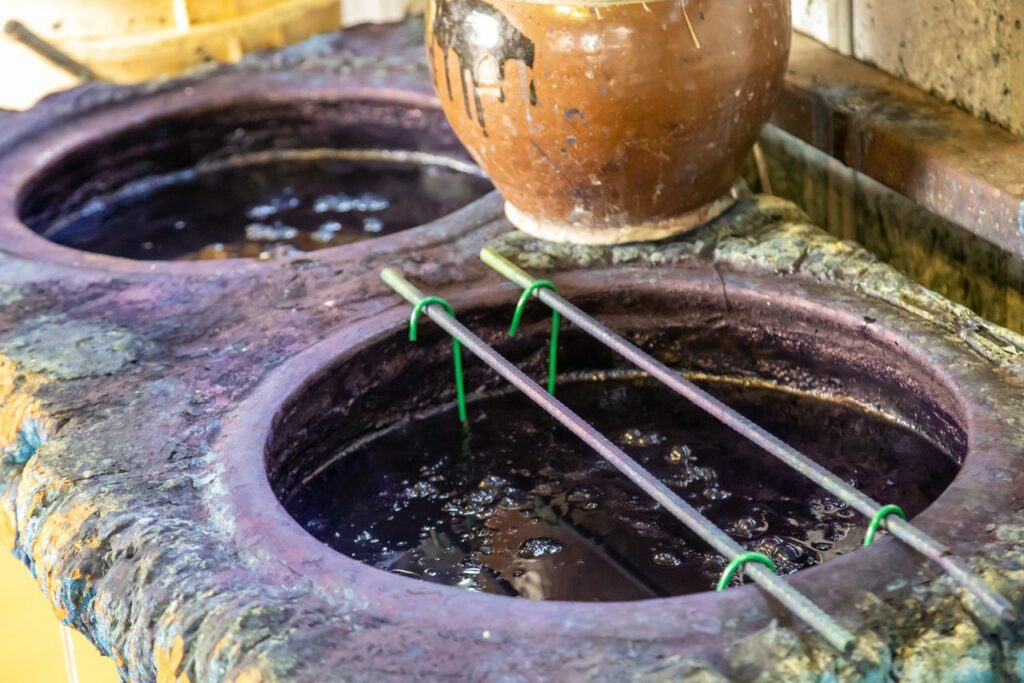
Tokushima’s official mascot Sudachi-kun is based on the small sudachi citrus fruit grown in the prefecture.

Famous Figures
- Miki Takeo (1907–88): Liberal Democratic Party politician who served as prime minister of Japan from 1974 to 1976.
- Setouchi Jakuchō (1922–2021): Author and Buddhist nun known for her biographical novels and modern Japanese translations of classical works like The Tale of Genji.


